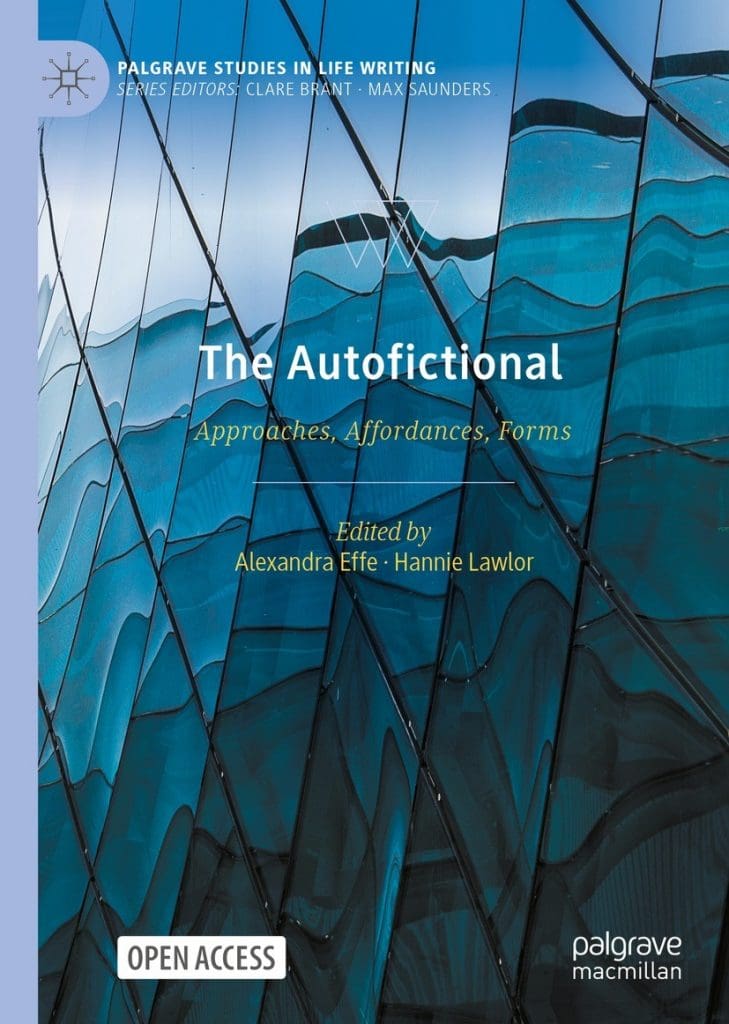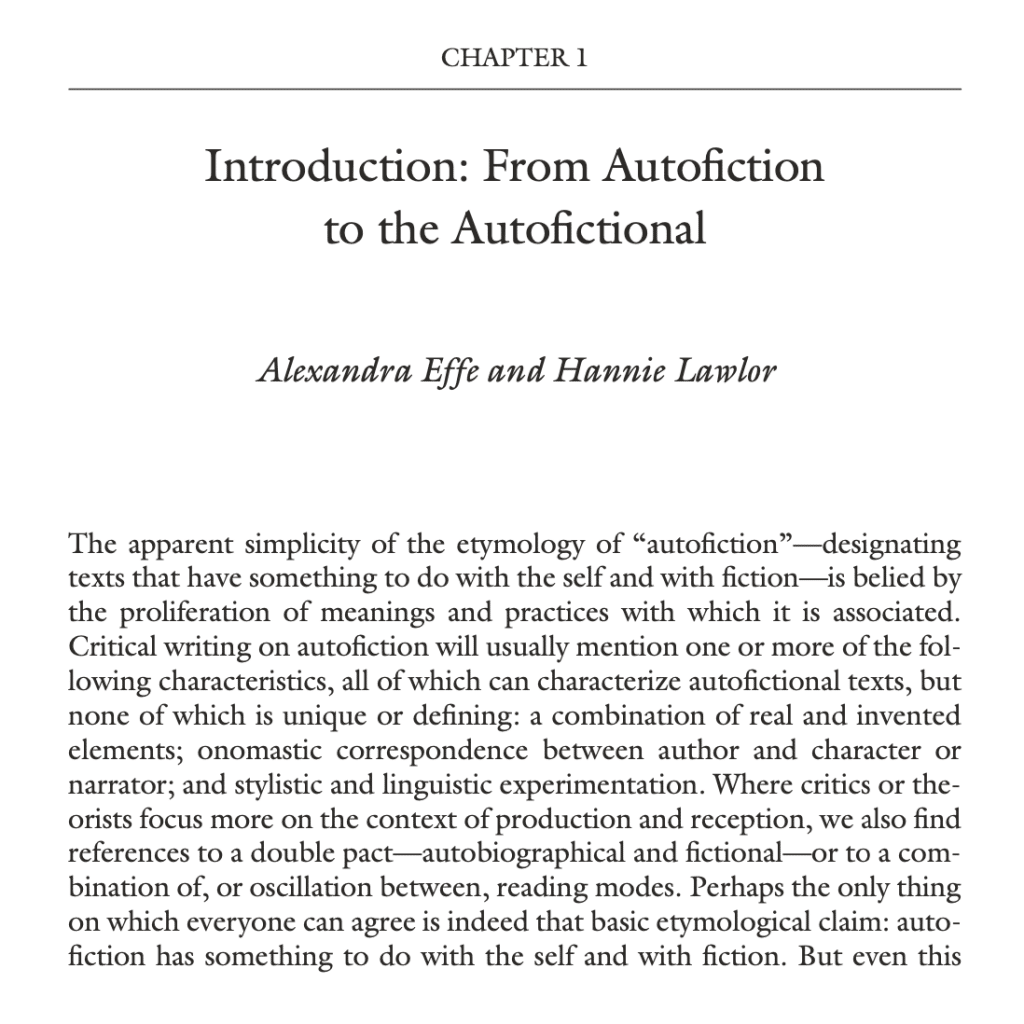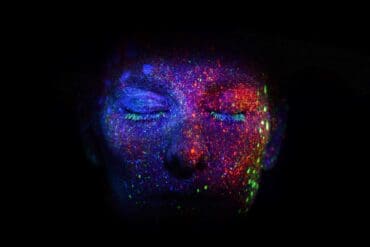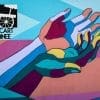Book Review: What Is the Problem with Autofictional Writing (Free Download)?

Book Review
Writing a book review on autofictional writing can be a challenge. As Alexandra Effe and Hannie Lawlor, the editors of The Autofictional: Approaches, Affordances, Forms, state in the introduction to this ambitious and insightful volume, there is no consensus definition for the term amongst its practitioners and readers alike. Is it a form of life writing, akin to autobiography? Is it a literary genre onto itself? Is it more an impulse that authors follow by imbuing their fictional worlds with autobiographical details?
The editors tend to lean toward the latter, but not all the critics included in their collection spouse this view. For Effe and Lawlor, this is a good thing, as debate regarding how and where to mark the precise contours of autofictional writing fosters critical interest in the practice. In this review, I’ll begin by addressing the questions, “So, what is autofiction anyway? And what exactly, from a writerly and readerly perspective, might we gain in familiarizing ourselves with it?”
What Is Autofiction?
The Autofictional answers these questions and more across sixteen chapters which mostly focus on writers, but also artists and filmmakers from across the world. Some names are repeated: Annie Ernaux, Karl Ove Knausgaard, Rachel Cusk, Olivia Laing. And while autofiction, as a label, seems tailor-fitted for the work of most artists discussed in the volume, sometimes it is stretched a bit too far. The desire to mark the thing as singular and significant leads the critic to find it in works that fit comfortably under the banner of fiction. But for the most part, the concept itself and the discussion around it remain engaging. Moreover, and as highlighted in the volume, they seem particularly relevant to our present cultural moment, in which we are called to control our own narrative and tell our own truth. But I’m getting ahead of myself: What, again, is autofiction?
Allow me, dear reader, to attend to this question by stringing together some key insights the critics provide. If a novel’s protagonist shares the author’s name, or their initials, or nickname and/or if there is strong correspondence between the particulars of the story told in the book and the particulars of the author’s life, you are likely reading an autofictional text. If this correspondence between the fictional and the factual arises an interest to read up on the author’s life in order to further read their biographical details into their work, you are likely reading good or great autofiction. If this reading experience results in a more nuanced understanding of how fictional—and even fantastical— elements can offer unexpected and illuminating critical perspective to lived events, then you as a reader are very much a case study of the promise of autofictional writing.
A Peek Inside

Why Write Autofiction?
This promise includes, but is by no means limited to, the following three key points: First, autofictional writing reveals that we have no direct access to our past. Memory, both collective and individual, is an exercise in invention and interpretation. There is no such thing as transparency in the telling of a life: there is sincerity and vulnerability and ‘aesthetic fervor’ and the choice of what to tell and how to tell it, which includes delving into our dreamscapes, our contested memories, and our wishful thinking.
Autofictional writing allows us to purposely play with the hegemonic narratives of a society, specifically those that sustain the systemic exclusion of certain peoples. Autofiction involves key decisions regarding how we story ourselves in a society’s foundational truths, which may not tell the truth of our lives, and thus, we have here an opportunity to challenge and alter these narratives by storying ourselves in.
Finally, from a craft perspective: autofiction pushes us to experiment; to consider, yes, what primary sources we can pull from to create our texts (diaries, photographs, official documents), but also what sources, as they are, we can bring into the text (those same diaries, photographs and documents).
A Willful Push
Of course, one could reasonably argue that ‘pure’ fiction can, and often does, arise out of experiences, places, and scenarios from the author’s life. One could push this point further and say that there is nothing that autofictional writing does that is not already an element or function of fiction. This, I think, would be to push the point too far. The autofictional, if I learned anything in my reading, is about the author’s will. Or rather, about their willfulness to push the specifics of their real life to the forefront of readers’ imagination.
Moreover, this impulse, it seems to me, is not so much about sharing that which is personal in an ostensibly fictional text. Rather, what the author wants is to make the reader question the strict divide between “what really happened” and “what is made up.” In autofiction, everything happened, to an extent. And everything is made up, to an extent. ‘Pure’ fiction is based on the premise of that boundary holding steady between an author, their story, and its characters. The latter two, we are told, can always be based on real life, but we are asked as readers to not consider the telling as a true-to-life account. The autofictional, on the other hand, is based on the premise of that boundary no longer being there or having never been there in the first place.
More info on this book series: Palgrave Studies in Life Writing
Featured Image by 0fjd125gk87 from Pixabay
Guillermo Rebollo Gil (San Juan, 1979) is a writer, sociologist, translator, and attorney. He is the author of Writing Puerto Rico: Our Decolonial Moment (2018) and Whiteness in Puerto Rico: Translation at a Loss (2023). Es el papá de Lucas Imar y Elián Iré.

















